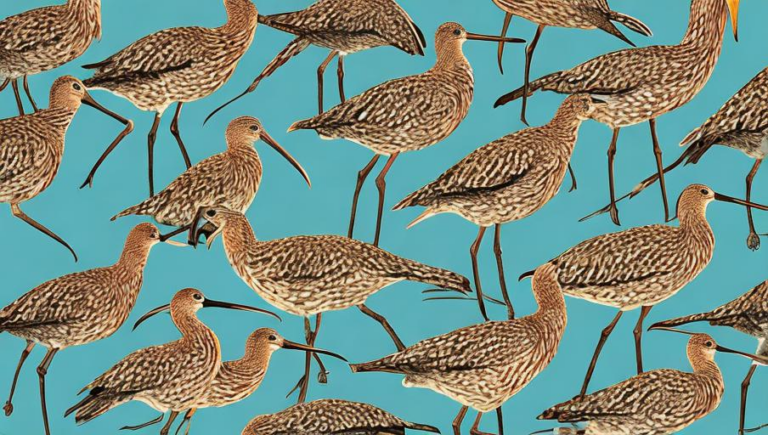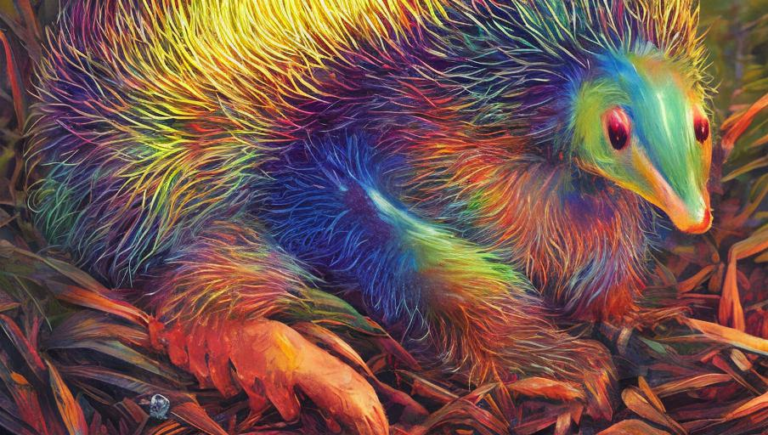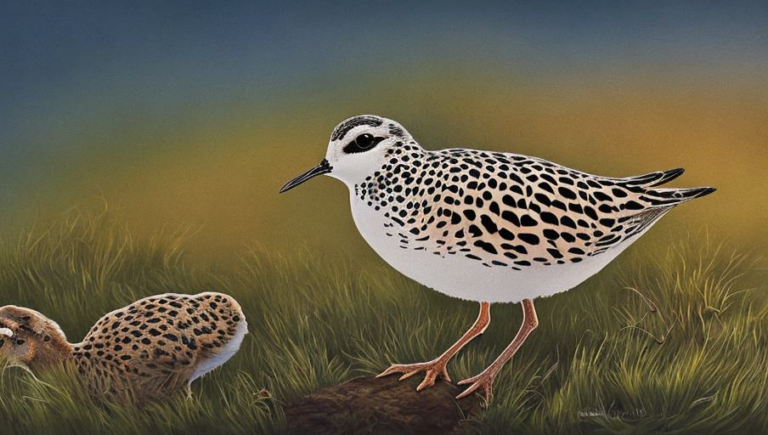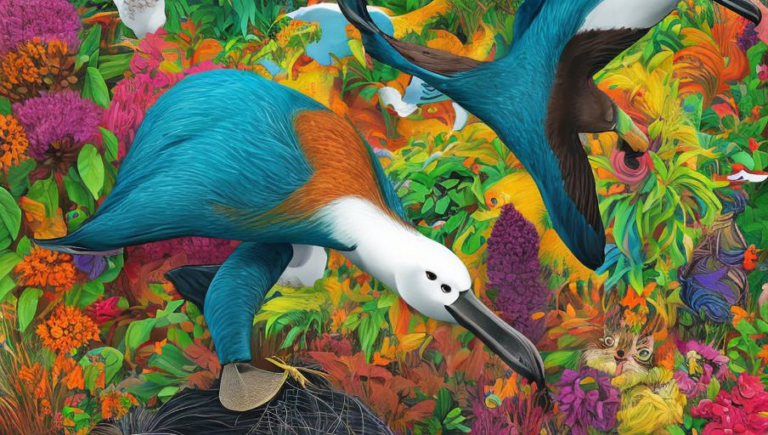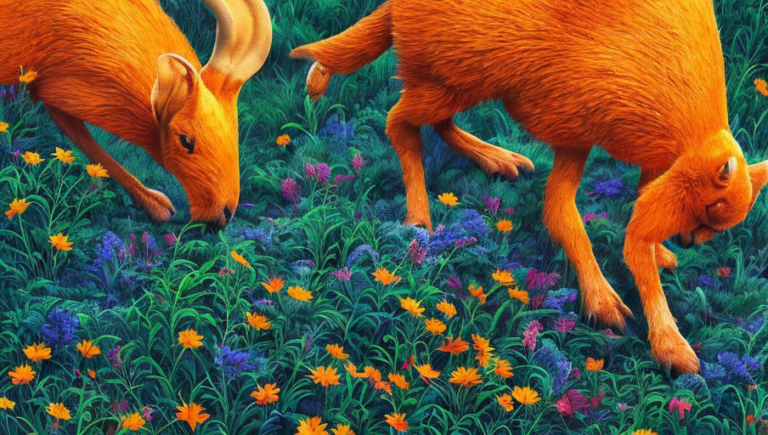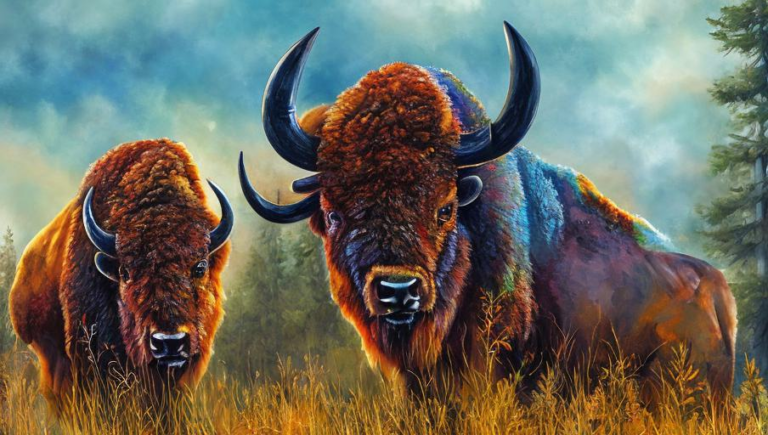Keenly Observing the Curlew’s Unique Features
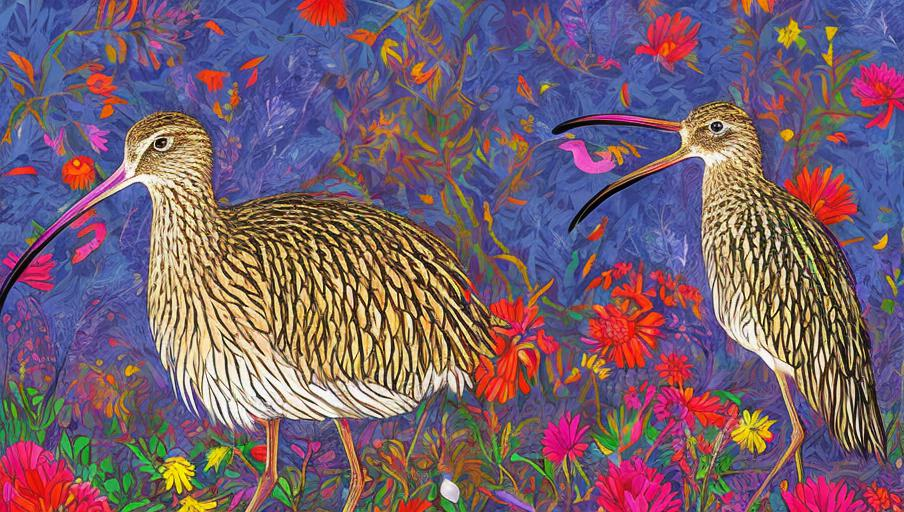
Keenly Observing the Curlew’s Unique Features
The curlew is a large wading bird that can be found in many parts of the world. It is an impressive species with its long curved bill, and its long legs that splay outwards when it is walking. It is easily recognizable thanks to its gray or brown feathers, and its distinctive call.
Habitat
Curlews are found in a variety of habitats, including wetlands, coastal mudflats, grasslands, and even deserts. They prefer to live in low-lying marshy areas, as they can forage for food more easily in these habitats. They can also be found in open fields, woods, and meadows, as well as along shorelines.
Feeding Habits
Curlews feed mainly on insects and small invertebrates, but they will also feed on seeds, berries, and other plant matter. They use their long curved beak to probe the ground and pick up food items. They are also known to eat small fish and frogs, as well as the eggs of other birds.
Breeding Habits
Curlews breed from late spring to early summer, with the males performing elaborate courtship displays to attract a mate. The female builds the nest in a shallow depression on the ground, and the pair will share incubation duties until the eggs hatch. Once the chicks are hatched, both parents will care for them until they are ready to fledge.
Conservation Status
Curlews are currently listed as Least Concern on the IUCN Red List. Despite this, they are facing threats from habitat loss, climate change, and hunting. Conservation efforts are needed to ensure that this species is protected and can continue to thrive in its natural environment.
Conclusion
The curlew is a unique and fascinating species that can be found around the world. From its long bill and legs to its distinctive call, this species is sure to capture the imagination of anyone who has the opportunity to observe it in its natural habitat. With proper conservation efforts, we can ensure that this species will remain a part of the natural world for many years to come.
